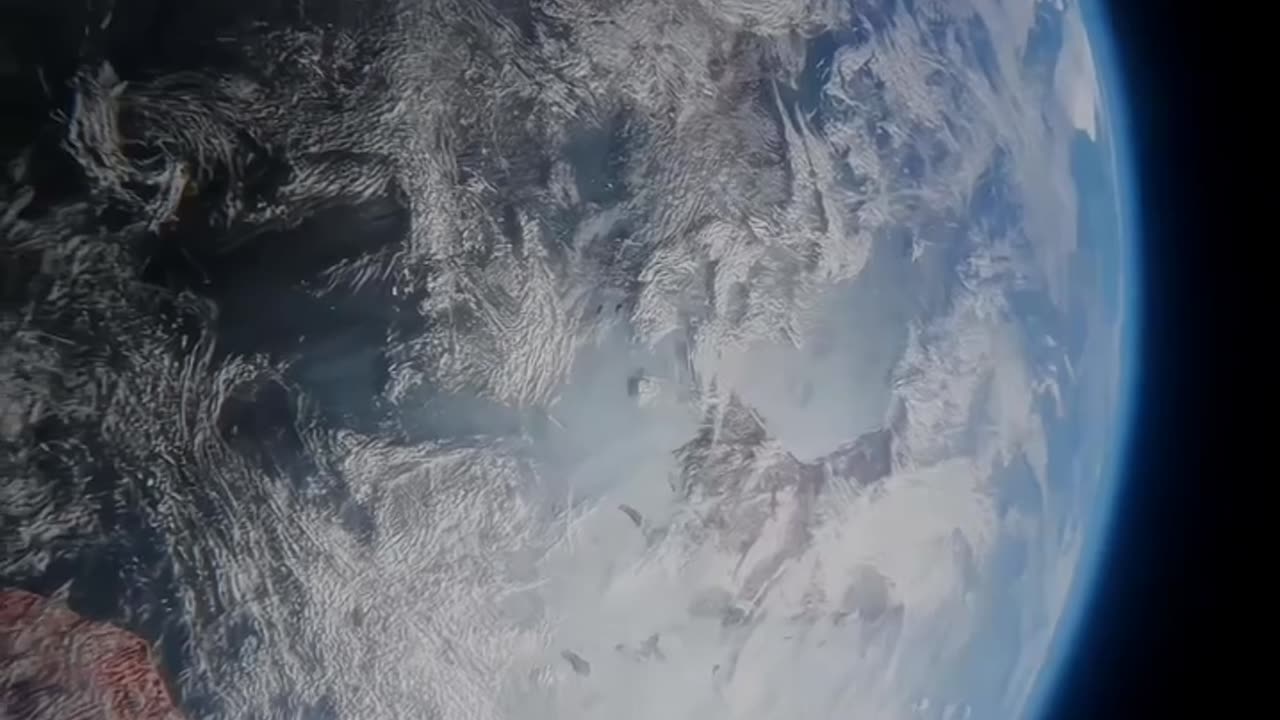Premium Only Content

Exoplanets
Exoplanets are planets that exist outside of our solar system, orbiting stars other than our Sun. They come in various sizes, compositions, and environments, ranging from rocky worlds like Earth to gas giants like Jupiter. Some exoplanets orbit within their star's habitable zone, where conditions might be right for liquid water and potentially life as we know it. Scientists use various methods to detect exoplanets, including the transit method, where a planet passing in front of its star causes a slight dimming of the star's light, and the radial velocity method, which detects the wobble of a star caused by the gravitational pull of its orbiting planets. Exoplanet exploration continues to unveil the diversity of planetary systems beyond our own, sparking curiosity about the possibilities of life elsewhere in the universe. Exoplanets inhabit a vast array of environments, from scorching hot gas giants to frozen ice worlds. Some orbit multiple stars, while others drift alone through space. Scientists classify exoplanets based on their size, composition, and orbital characteristics, leading to categories like terrestrial, gas giant, and super-Earth. The search for exoplanets has led to fascinating discoveries, including rogue planets wandering the depths of interstellar space and "hot Jupiters" orbiting incredibly close to their stars. Each new exoplanet found adds another piece to the puzzle of planetary formation and the potential for life beyond our solar system.
-
 13:23
13:23
T-SPLY
19 hours agoStephen Miller BLOWS UP On CNN For Questioning Deportations
44.7K69 -
 16:09
16:09
Clownfish TV
20 hours agoSnow White Can't Even Break $100 Million?!
63.4K17 -
 59:02
59:02
Grant Cardone
3 days agoEric Trump's Road To The White House
1.28K3 -
 1:09:37
1:09:37
IsaacButterfield
12 hours ago $17.72 earnedSteve Irwin's Son BREAKS THE INTERNET | TRANS Athletes Make A Come Back | The World Turns on TRUMP!
39K62 -
 2:02:36
2:02:36
Badlands Media
1 day agoThe Liberty Den Ep. 138
110K51 -
 3:21:57
3:21:57
I_Came_With_Fire_Podcast
19 hours agoCHINA CENSORED AMERICANS | NO PRAYER DOWN UNDER | SAVE ACT
73K14 -
 1:26:01
1:26:01
Roseanne Barr
16 hours ago $26.40 earnedAbsolutely Fabulous W/ Shannon Hughey #94
107K26 -
 8:00:05
8:00:05
SpartakusLIVE
14 hours agoDuos w/ Nicky || Friday Night HYPE
7.23K -
 2:06:42
2:06:42
TimcastIRL
12 hours agoPolice ARREST "MR SATAN" For Threatening To ASSASSINATE Trump, KILL ICE Agents | Timcast IRL
245K262 -
 8:12:48
8:12:48
XxXAztecwarrior
11 hours agoKilling Little Timmy's On Verdansk
71.1K3